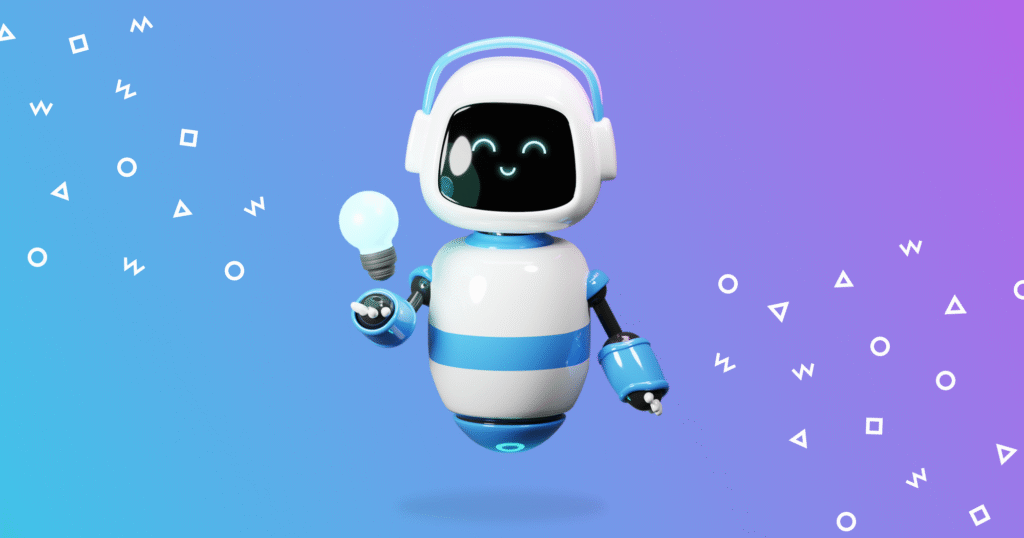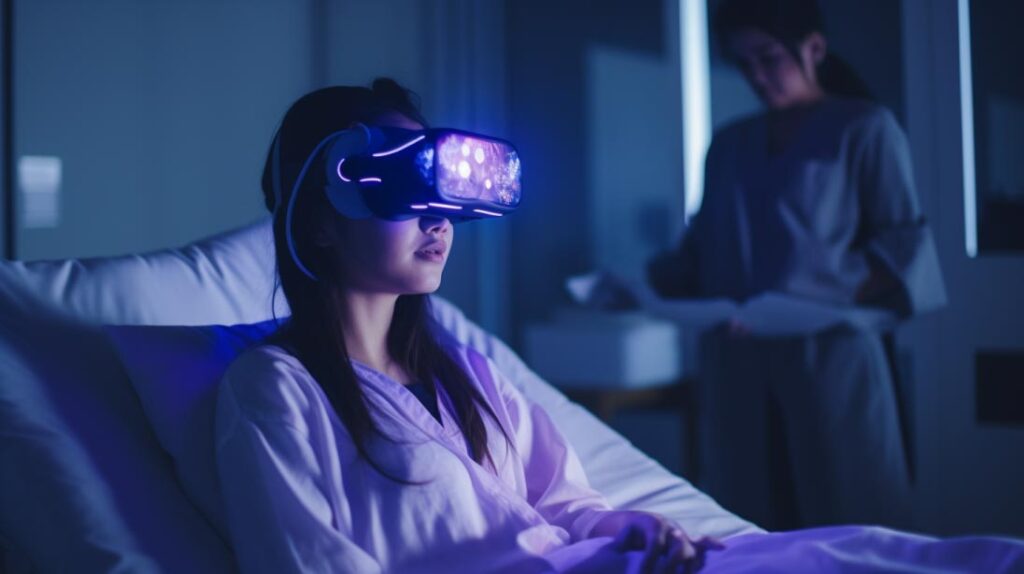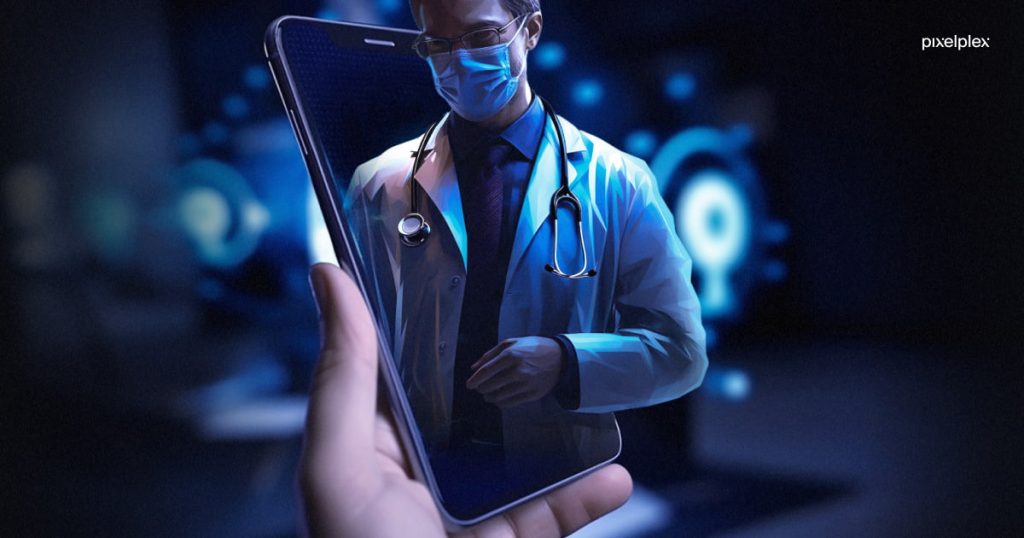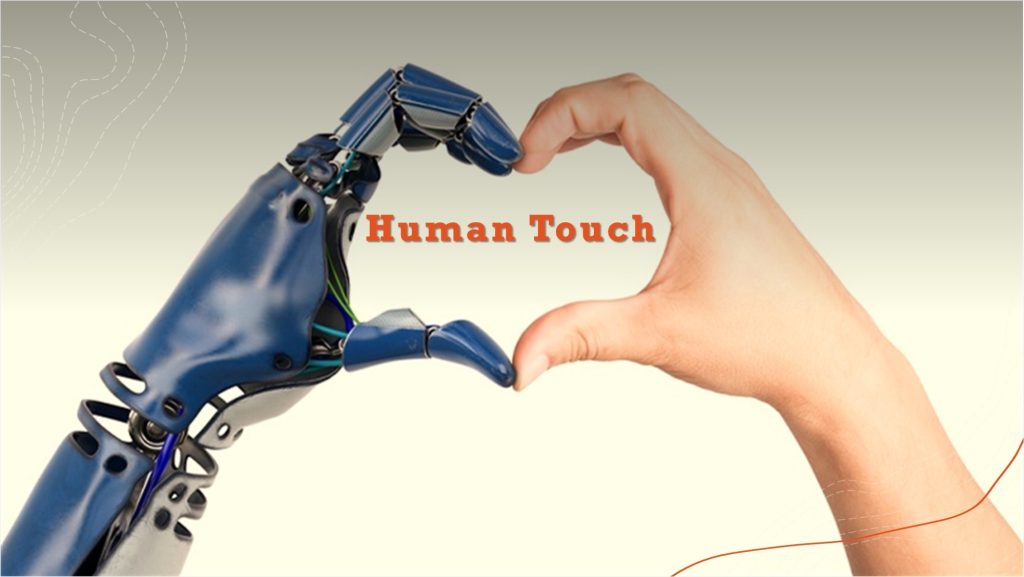Robots on Rounds: Meet the Compassionate Medical AI
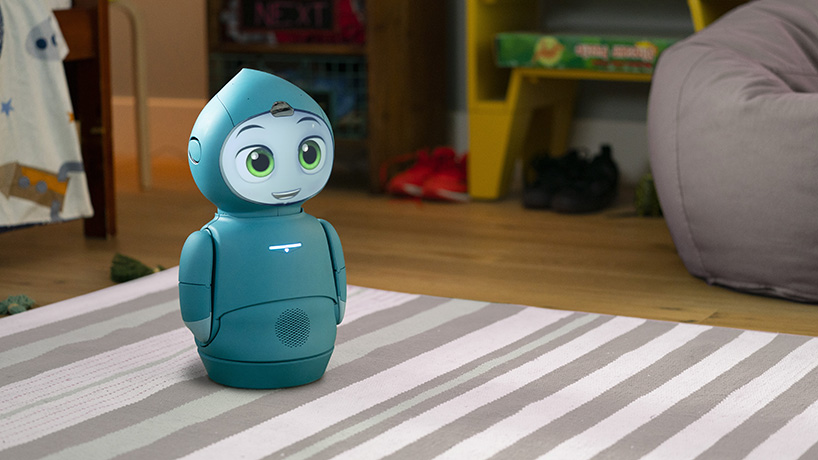
Introduction: Healthcare with a Heart (and a Circuit Board)
Picture this: You’re recovering in a hospital room. A nurse enters, checks your vitals, brings you water, and asks how you’re feeling. But this nurse isn’t human — it’s a robot with big, kind eyes and a soothing voice. This isn’t a sci-fi scene. It’s the emerging reality of AI-powered medical assistants that are revolutionizing how hospitals operate and how patients heal.
In this post, we’ll explore the world of medical robots and AI assistants, the tech behind them, real-world deployments, and how these compassionate machines are helping overworked healthcare systems deliver better care.
What Are Medical AI Assistants?
Medical AI assistants are robots or virtual systems trained to support medical professionals and interact with patients. They’re designed not only to automate routine tasks but also to bring a layer of comfort and reliability to hospital settings.
Key roles include:
- Delivering medications or supplies
- Monitoring patient conditions
- Reminding patients about medications
- Answering common patient queries
- Offering emotional support (yes, really!)
They work alongside doctors and nurses — not to replace them, but to free them up for the human touch that matters most.
Meet the Friendly Faces of Medical AI
1. Moxi — The Delivery Hero
Developed by Diligent Robotics, Moxi is a cheerful robot with big cartoon eyes and a friendly presence. It delivers medications, supplies, and lab samples across hospital floors—navigating hallways, opening doors, and even riding elevators.
Hospitals using Moxi report saving hundreds of nurse hours per week, which can instead be used for direct patient care.
2. Pepper — The Social Companion
SoftBank’s humanoid robot “Pepper” has been trialed in elder care and pediatric wards, using voice and facial recognition to interact with patients. Pepper can engage in light conversation, play games, and read emotional cues — boosting morale and reducing patient loneliness.
3. GROVER & RIBA — Lifting with Care
Japan has introduced nursing robots like RIBA, capable of lifting and transferring patients gently. These reduce caregiver back injuries and improve safety for patients.
Why Hospitals Are Embracing AI Helpers
The shift toward robotic assistance is driven by real challenges in healthcare:
- Nursing shortages are at critical levels in many countries.
- Doctors and nurses are burning out from non-stop tasks like fetching equipment, logging data, or answering non-urgent questions.
- Hospitals are under pressure to improve efficiency without compromising compassion.
AI-powered assistants help solve these challenges by:
✅ Automating repetitive tasks
✅ Improving round-the-clock availability
✅ Enhancing patient satisfaction and safety
Real Stories, Real Impact
Case Study 1: Moxi at Texas Hospitals
In pilot programs, nurses using Moxi reported fewer interruptions and more time at patient bedsides. The robot’s friendly demeanor was a hit with patients — some even gave it nicknames!
Case Study 2: Virtual Companions for Seniors
In the UK, elderly patients isolated during COVID were paired with virtual companions — voice-AI systems that reminded them to eat, drink water, and even chatted about the weather or favorite music.
Case Study 3: Remote Monitoring via AI
Hospitals in Israel use AI-assisted thermal imaging and behavior recognition to monitor patients’ breathing, movements, and fall risks without needing to enter the room constantly — critical during infection outbreaks.
How These Systems Work
Most medical AI assistants combine several technologies:
- Natural Language Processing (NLP): To understand and respond to human speech
- Computer Vision: To navigate spaces, recognize people, or scan facial expressions
- Cloud Data Integration: To pull patient records or logs in real-time
- Sensors & IoT: To track vitals, detect motion, or deliver medication
Think of them as walking smart assistants, embedded with hospital-specific knowledge and task management tools.
Common Patient Reactions
You might assume patients would feel uncomfortable with robots in care settings, but surveys show the opposite.
- Children enjoy the novelty and playfulness.
- Elderly patients appreciate the consistency and non-judgmental tone.
- Hospital staff report reduced stress and improved workflow.
The key? These systems are designed to be non-threatening, gentle, and supportive — often with soft voices, expressive “faces,” and fun names.
But What About Empathy?
Can a robot really care?
Of course, robots don’t feel — but they can simulate caring behaviors that improve patient experience:
- Using AI to recognize distress in facial expressions
- Modulating tone of voice to sound empathetic
- Offering positive reinforcement and reminders
Plus, by handling the mechanical parts of care, they free up nurses to bring the real human warmth that robots can’t replicate.
Challenges and Concerns
- Cost of Deployment: High upfront costs can be a barrier for smaller hospitals.
- Privacy and Data Security: Patient data handled by AI systems must be protected at all costs.
- Job Fears: Some worry robots could take jobs. In practice, they support rather than replace staff.
- Over-Reliance on Tech: Like any tool, AI can malfunction or be misused without proper oversight.
The Future: Smarter, Kinder Robots
As technology advances, the next generation of medical robots may include:
- AI nurses that respond to emotional tone
- Personalized bedside chatbots that answer patient questions
- Remote caregiving bots for homebound patients
- Hospital concierge robots for navigation and visitor help
And soon, many of these might be available at home—offering 24/7 companionship, medication reminders, and wellness monitoring for aging populations.
Final Thoughts: Compassion + Computation
Medical AI assistants aren’t just about efficiency. They’re about compassion delivered at scale. In a world where burnout and resource constraints threaten healthcare systems, robots like Moxi, Pepper, and RIBA bring a new kind of hope: one that blends intelligence with kindness.
They may not have hearts, but they help doctors and nurses bring theirs to more people, more often.
The future of care isn’t just high-tech—it’s highly human.




